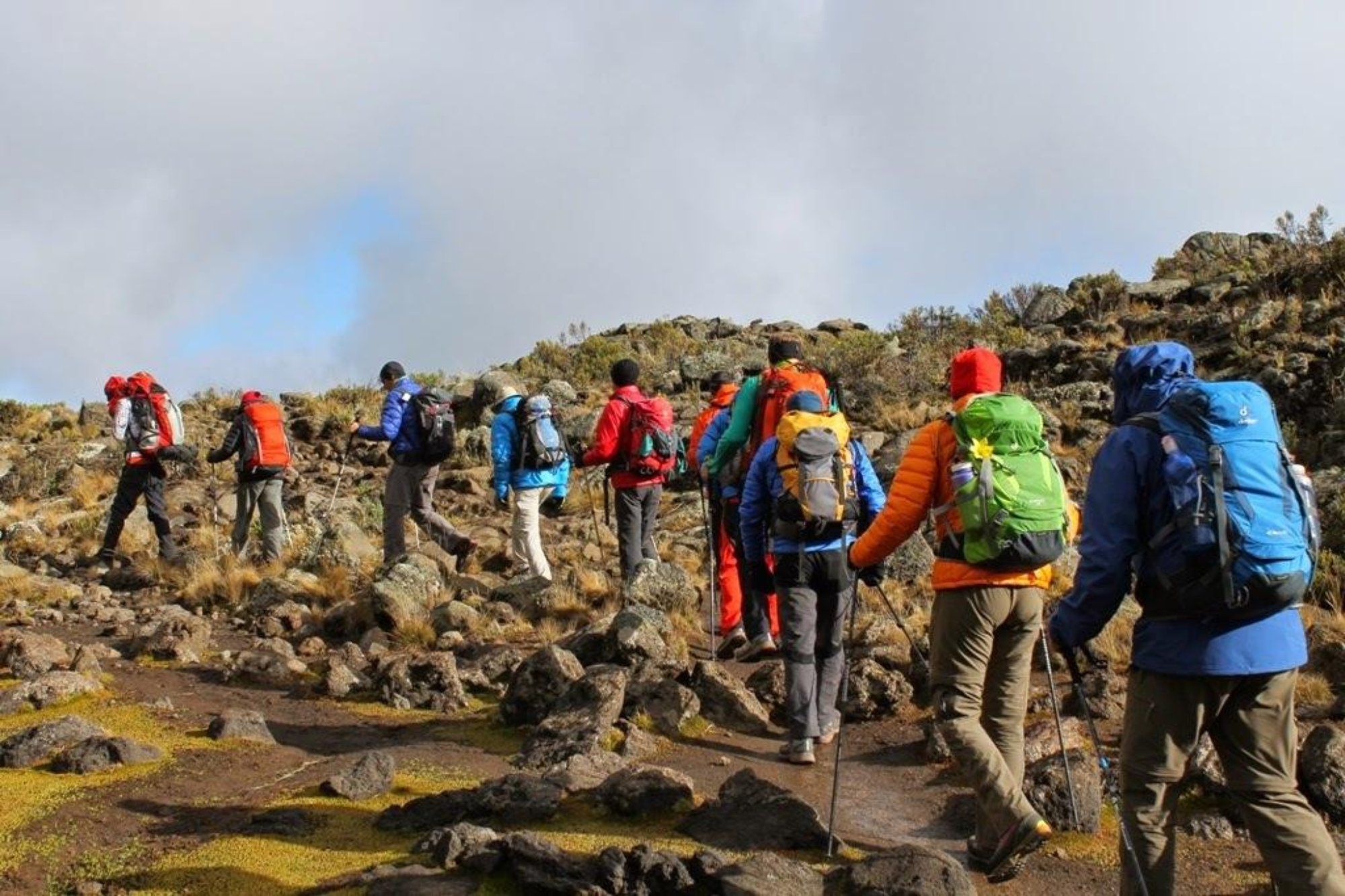

Written by

The paths on Mount Kilimanjaro are marked and well-maintained by the Kilimanjaro National Park Authority. Though the Kilimanjaro Trails Condition change drastically based on the ecological climate zones. Walking conditions are changeable and challenging, though they are some of the easiest compared to the other peaks of the Seven Summits.
Regardless of which route you choose to climb Kilimanjaro, you are going to pass through different climatic zones. And, the Kilimanjaro Trails Conditions for each of these zones are different. Thus, let’s go into them in more detail.

To a large extent, Kilimanjaro Climbing Routes start at the base of the mountain between 5,000 and 8,000 feet and rise out to the summit of 19,341 feet. Given this significant change in altitude from the top to bottom, the topography changes significantly during the course of the climb. Each of the Kilimanjaro ecological zone you enter offers a different trail condition.
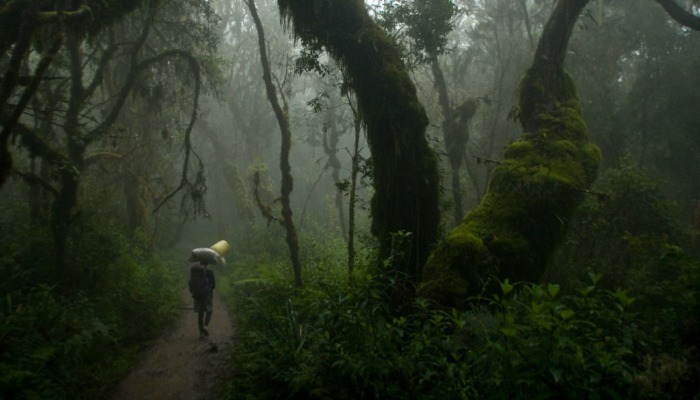
The Mount Kilimanjaro Climbing journey begins in the scenic rainforest zone at the base of the mountain. The trail here is made up of red clay, volcanic soil, and exposed tree roots. This zone also experiences a huge amount of rainfall annually.
If that’s the case though, you’ll need your rain gear. Trekking poles are also a good choice to help navigate the surrounding landscapes.
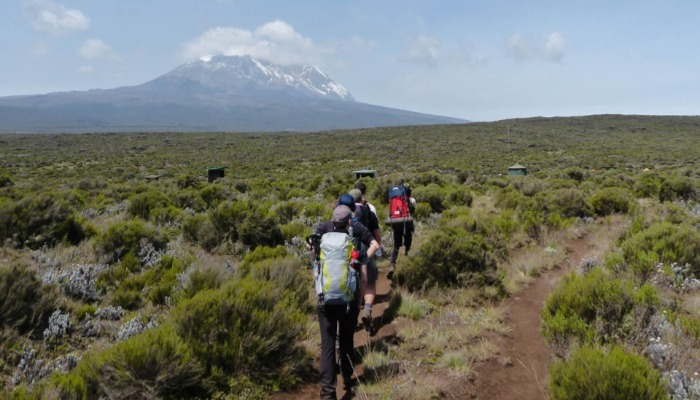
Farther up in the zone of alpine desert and moorland regions, the Kilimanjaro Trails Condition turns into dirt and rock. Generally, it’s very dusty and dry though this also makes the paths easy to walk on as the ground is stable and firm.
Despite the fact that it’s much cooler here, most of the time hiking with a base layer and hiking pants is adequate. Though, if the temperatures are lower or if it’s windy or cloudy, then adding a mid-layer will usually be enough to fight off the cold.
Moreover, don’t neglect to wear a cap and sunglasses to shield your face from the powerful sun. And, apply sunscreen to every area of exposed skin.
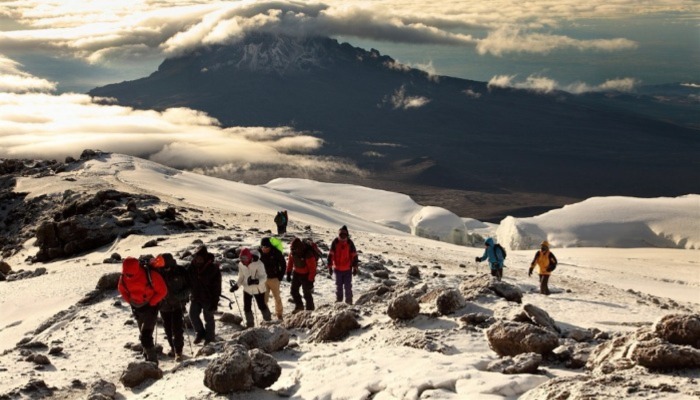
Ultimately, as you go farther and approach the Kilimanjaro Summit, you’ll enter the Arctic Zone. You will be faced with some harsh conditions on this Kilimanjaro Trail for Hiking.
Based on the season, there’s a possibility that there’ll be snow on the ground. Though, most of the time it’s hard-packed and causes no point of concern.
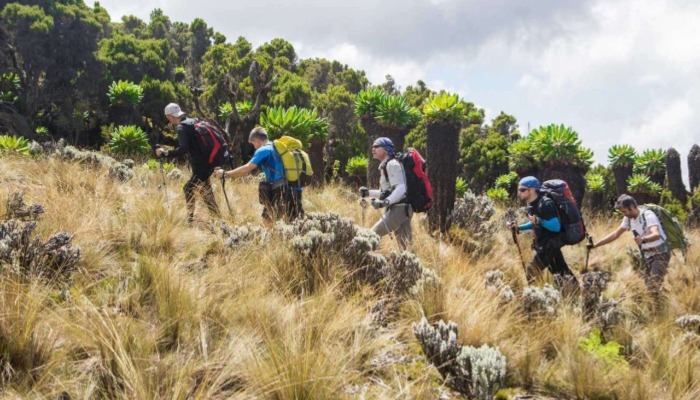
The shifting landscape of Kilimanjaro necessitates careful preparation and adaptability. Below, we will explore some valuable suggestions to combat the changing trail conditions and ensure a successful and safe journey to the Roof of Africa.
Trail Conditions to Climb Kilimanjaro can be affected by various factors, including weather patterns, erosion, and volcanic activity. Prior to your climb, research and stay informed about the current trail conditions. Consult with experienced guides, tour operators, and local authorities to gather up-to-date information on any changes or challenges on the mountain.
Selecting the appropriate Kilimanjaro Route is crucial for adapting to changing trail conditions. Some routes, such as the Marangu and Rongai, offer more stable terrain, while others like the Machame and Lemosho present more varied and challenging landscapes. Consider your fitness level, experience, and preferences when choosing a route that suits your abilities and comfort.
Preparing your body for the physical demands of Kilimanjaro is vital. Engage in a comprehensive training regimen that includes cardiovascular exercises, strength training, and hiking. Strengthening your muscles, improving endurance, and enhancing your cardiovascular fitness will help you navigate the changing Kilimanjaro Trek conditions with greater ease.
Invest in high-quality gear and equipment suited for the varying trail conditions. Ensure you have sturdy and comfortable hiking boots with excellent grip to tackle different terrains. Dress in layers to adjust to temperature fluctuations and protect yourself from changing weather conditions.
Enlisting the services of knowledgeable and experienced guides is crucial for a safe and successful Kilimanjaro Climb. Experienced guides possess in-depth knowledge of the trails, including any recent changes or challenges.
Being flexible and adaptable is key to combat the changing trail conditions on Kilimanjaro. As you climb, be prepared for unexpected weather changes or trail alterations. Follow the guidance of your guides and adapt your itinerary if necessary. Remember that safety should always be the top priority.
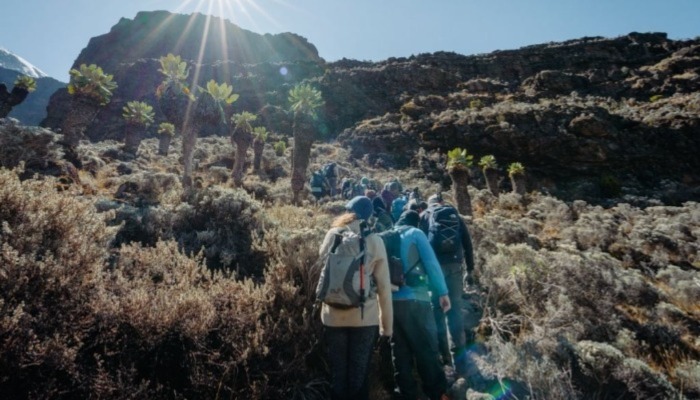
By and large, the Kilimanjaro Trails Condition varies from the bottom to the top. Though it’s the changing terrains that make the Mount Climbing Kilimanjaro experience so interesting as there are always new things to see and marvel at every day.
And there’s no matter of huge concern too as, by trekking standards, the terrain on the primary Kilimanjaro Routes doesn’t present any over-the-top obstacles that the average individual wouldn’t be able to overpower.
Mar 29, 2024



Tanzania Tribe Safari is an exceptional organization focused on delivering a customized Tanzanian experience to its customers. I highly recommend them to anyone interested in traveling to Tanzania in search of a one-of-a-kind experience.
The trip of a lifetime! Tanzania Tribe Safari created a seamless experience for us from wonderful hotels and a tented camp to a safari experience that kept us in awe. Our safari guide Amini wore many hats during our trip and had eyes of an eagle!
Oh my gosh! Where do I start? My three sisters and I booked a trip to Tanzania and Zanzibar through Tanzania Tribe Safari. It can be marked as a trip of a lifetime! Our safari guide, Amini was very knowledgeable about the animals and terrain.